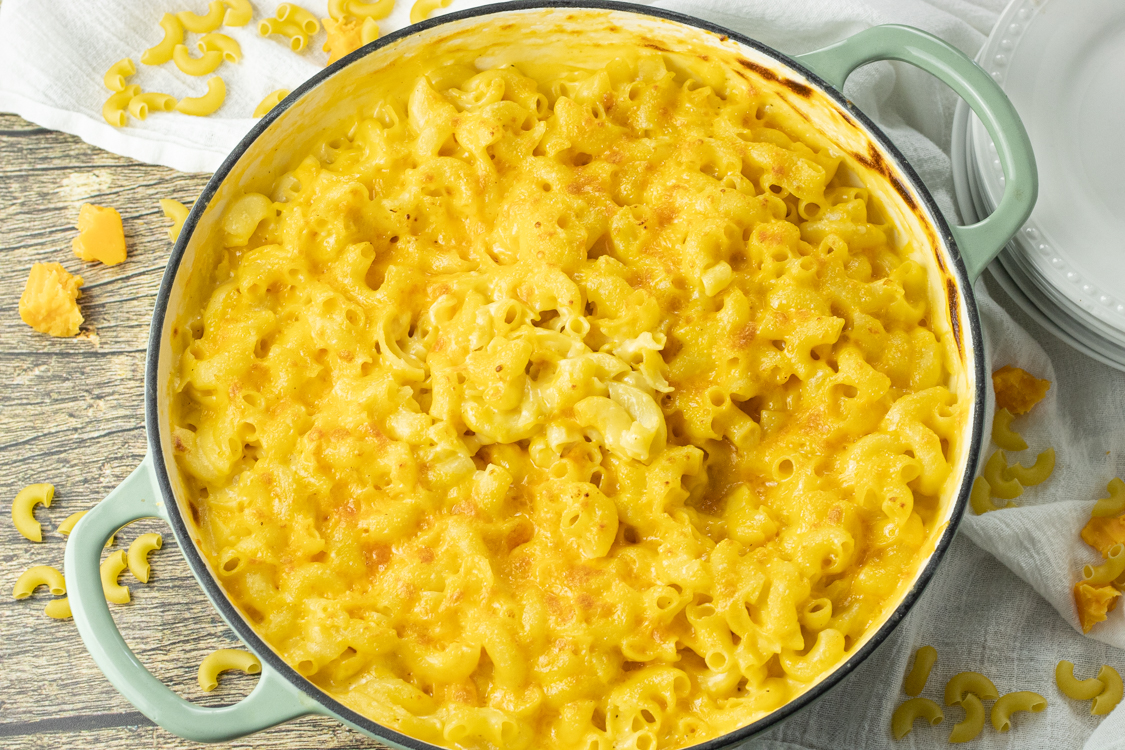
Dutch ovens have long been prized in kitchens around the world for their durability, versatility, and unmatched ability to deliver evenly cooked meals. From stews to breads and savory pies, this heavy-duty cookware excels at maintaining a consistent cooking environment. But what exactly makes Dutch ovens so effective at cooking food evenly? The answer lies in the science of heat distribution, retention, and moisture control.
Let’s explore why Dutch ovens stand out and how these scientific principles make them ideal for everything from roasting to that comforting Dutch oven chicken pot pie recipe you’ve been meaning to try.
1. Heat Retention: The Cast Iron Advantage
Dutch ovens are typically made from cast iron, a material renowned for its high thermal mass. This means it can absorb and retain a large amount of heat. When a Dutch oven is preheated, it stores that heat and radiates it slowly and evenly across the entire cooking surface—bottom, sides, and even the lid.
Unlike thinner metal cookware that can create hot spots and cook unevenly, cast iron spreads heat uniformly. This ensures that whatever you're cooking is exposed to the same temperature on all sides, reducing the risk of burning in some areas while others remain undercooked.
2. Even Heat Distribution: Consistency is Key
Even cooking starts with even heating. The thick walls and base of a Dutch oven work together to distribute heat gradually and evenly. Whether placed over a flame, on an induction cooktop, or inside an oven, a Dutch oven does not spike in temperature quickly. This slower heating process allows food to cook gently and thoroughly.
This is especially important for dishes that involve layering ingredients or slow simmering. Whether you're sautéing vegetables or simmering a sauce, the steady heat from all directions allows ingredients to release flavors at the right pace, leading to a better tasting and more consistent final dish.
3. Lid Design and Moisture Circulation
One of the most underestimated features of a Dutch oven is its heavy, tight-fitting lid. This design is crucial for moisture retention. As food cooks, steam rises, hits the lid, condenses, and then drips back down into the pot. This self-basting cycle helps retain moisture within the dish, keeping it tender and juicy.
The controlled humidity also means food won’t dry out as easily as it might in other cookware. In baking or slow-cooking, this enclosed environment mimics a small oven, evenly distributing heat and moisture for superior results.
4. Versatility in Heat Sources
Dutch ovens can transition seamlessly between cooking methods and heat sources—stovetop, oven, campfire, or induction. The ability to go from high searing temperatures to slow braising in a single pot ensures continuity in the cooking process, which contributes to evenness. It’s especially useful for recipes that start with sautéing and end with baking, allowing every step to happen in the same cooking vessel.
5. Inertia of Temperature Changes
The high thermal mass of a Dutch oven means that once it’s hot, it doesn’t cool down quickly. This thermal inertia provides a buffer against temperature fluctuations. If you momentarily remove it from the heat source or open the lid to check your dish, the internal temperature doesn’t drop dramatically. This stability promotes uniform cooking, even with minor interruptions.
Conclusion
The Dutch oven is a masterpiece of culinary engineering, relying on basic but powerful principles of physics to create perfectly cooked meals. Its thick cast iron body, tight-fitting lid, and ability to maintain a stable temperature make it an essential tool for even cooking. Whether you're preparing a slow braise, a crusty loaf of bread, or a comforting Dutch oven chicken pot pie recipe, the science behind this classic cookware ensures consistent and delicious results every time.